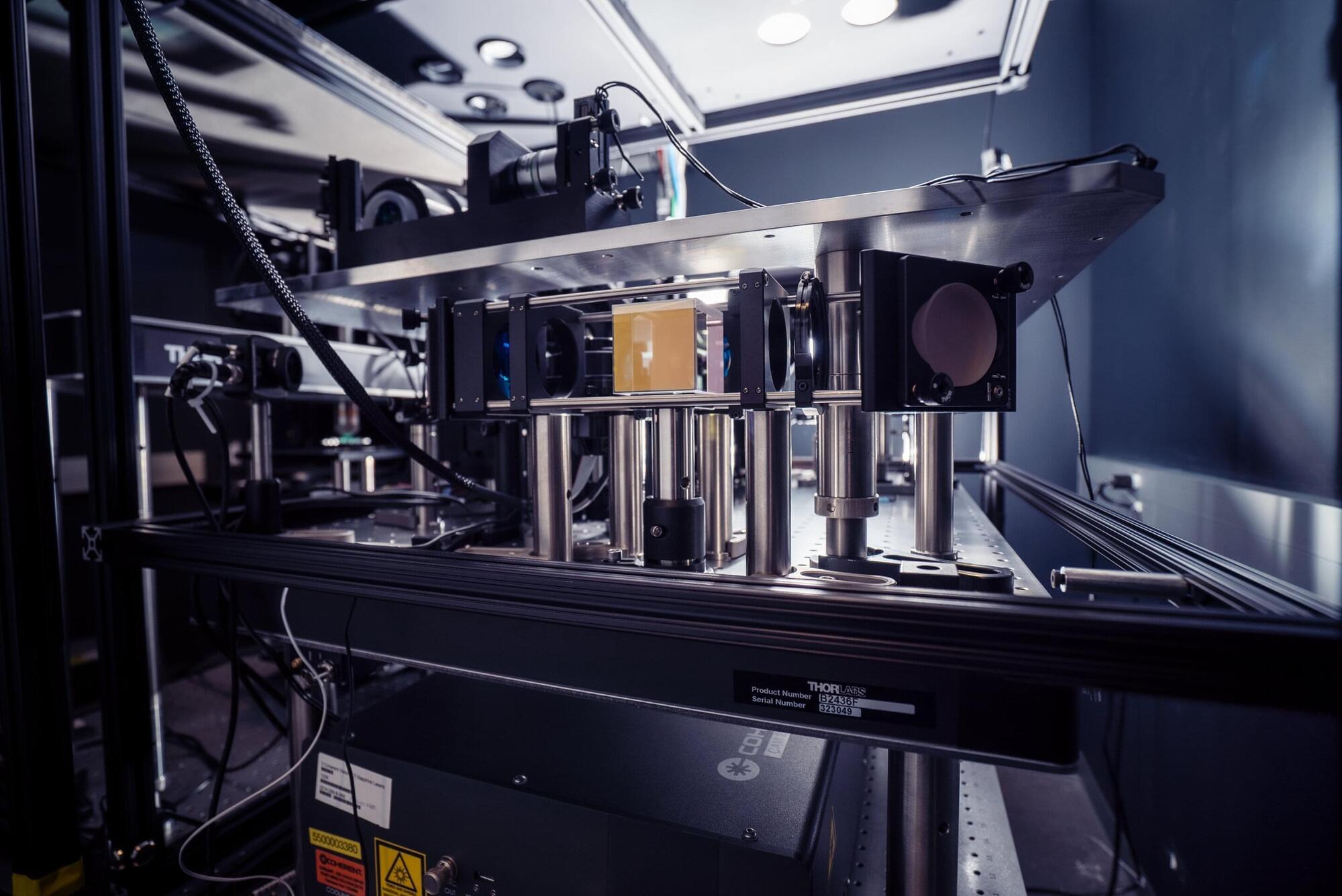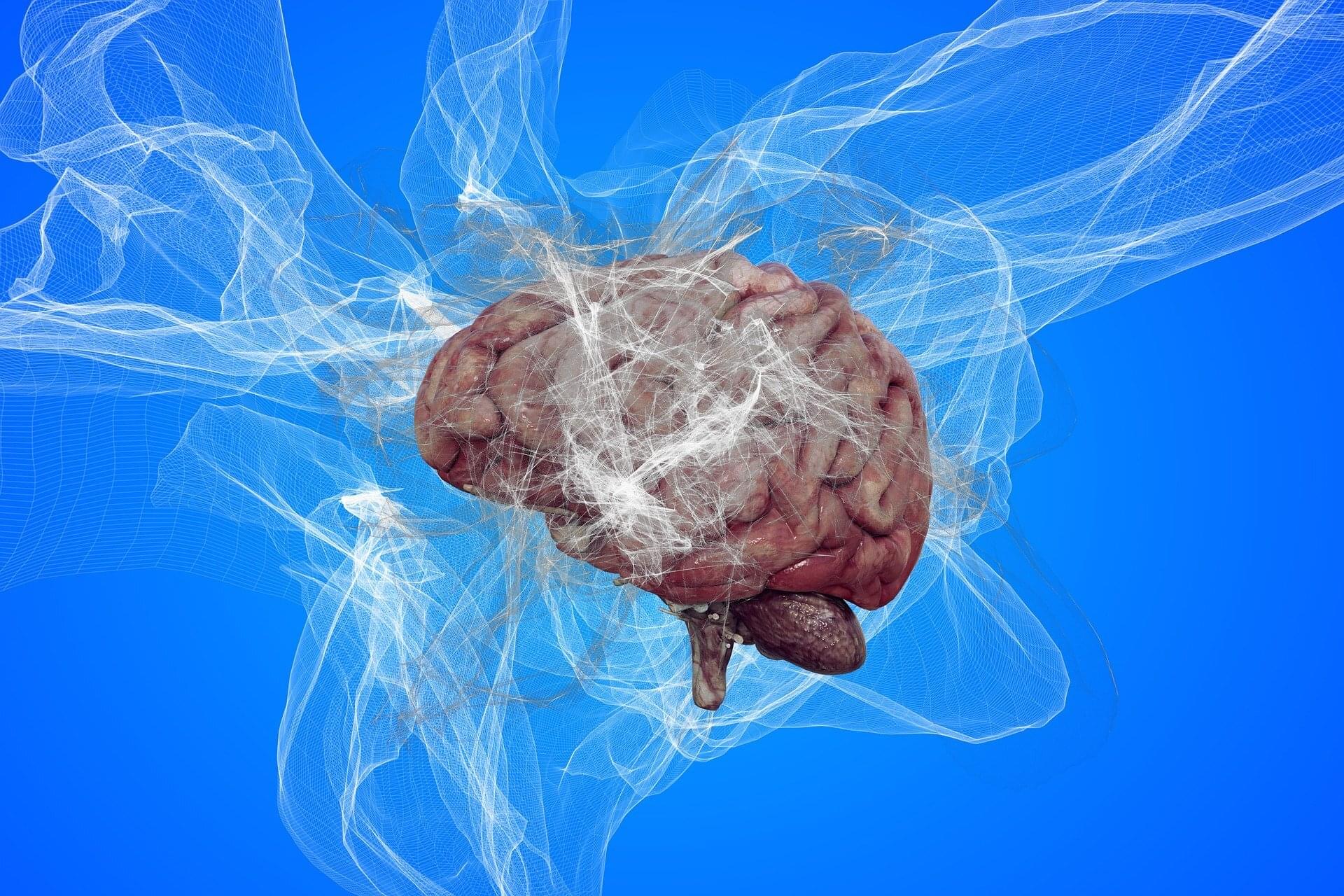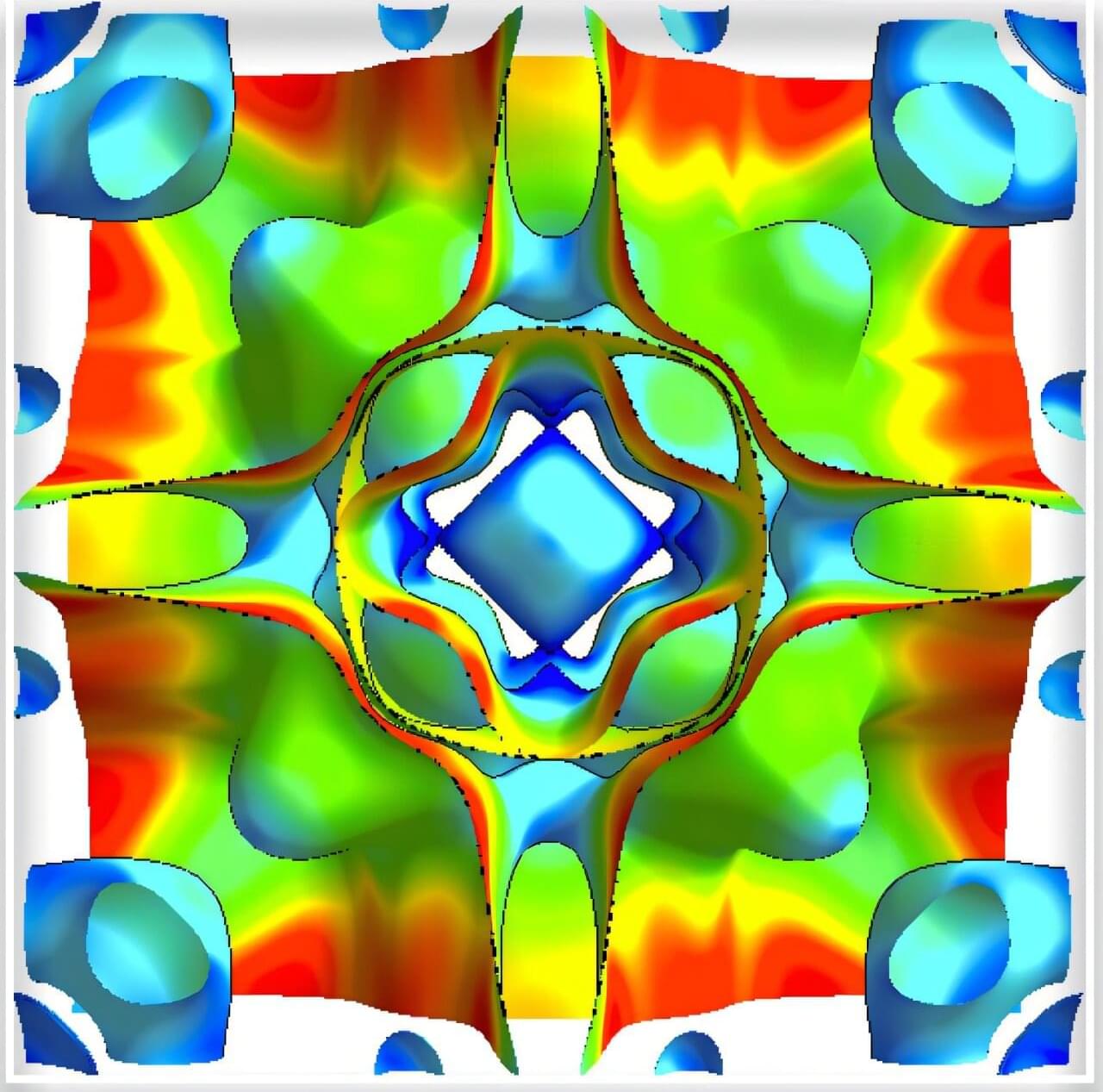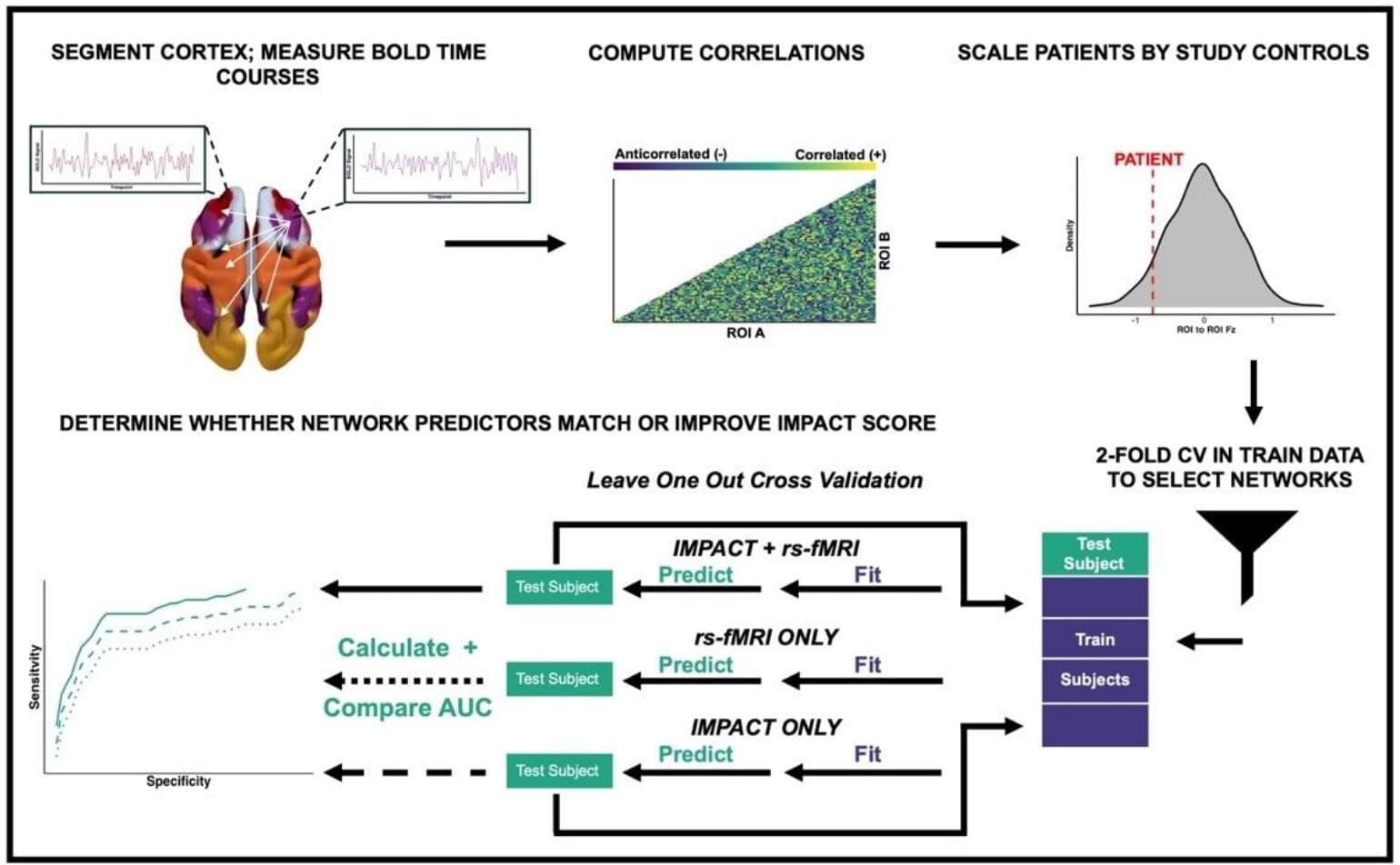The spinal cord vasculature in development and pathophysiology.
In brain, retina, and spinal cord the vasculature plays an active role as regulator of homeostasis and repair, but vascular cells adopt region-specific traits.
However, vascular organization and properties of spinal cord remain understudied.
Although it is assumed that spinal cord and brain neurovascular systems are built and function in the same way, the researchers challenge this view by examining specific properties underlying spinal cord vascular development, physiology, and pathology.
They highlight unique angioarchitecture and homeostatic mechanisms, and discuss how neurovascular disruption contributes to spinal disorders and regenerative failure after injury. https://sciencemission.com/Neurovascular-dynamics-in-the-sc
Ruiz de Almodóvar et al. review the unique properties of spinal cord vasculature and its interactions with neural tissue across development, physiology, and disease, highlighting future directions to address open questions in neurovascular biology and translation.









